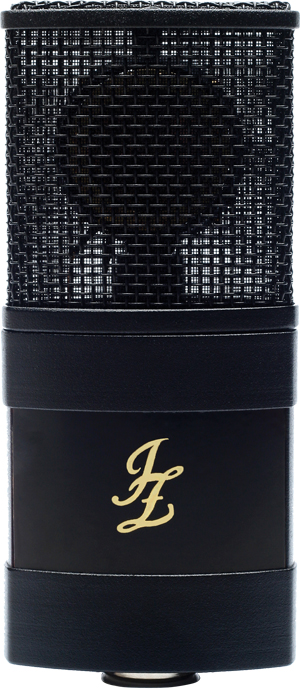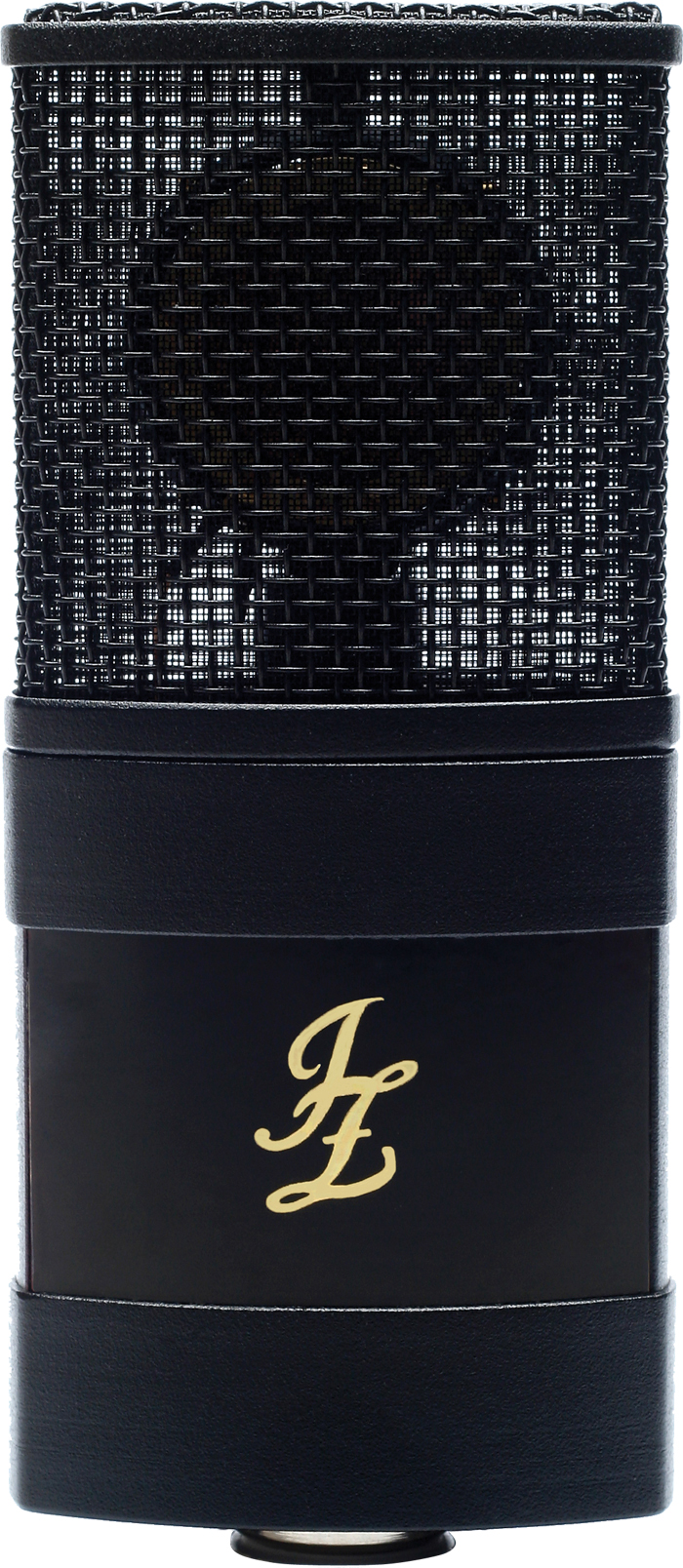JZ Microphones Vintage 11 Review
At first glance the V11 looks like the ‘mini-me’ of the JZ V12, V47 and V67. The latter three were named to evoke certain classic valve mics from other companies and JZ’s designer, Juris Zarins, approached the task using solid-state electronics and transformerless output stages. So how does the V11 designation fit in to this […]

At first glance the V11 looks like the ‘mini-me’ of the JZ V12, V47 and V67. The latter three were named to evoke certain classic valve mics from other companies and JZ’s designer, Juris Zarins, approached the task using solid-state electronics and transformerless output stages.

So how does the V11 designation fit in to this scheme? This mic is named to commemorate the year of its introduction and JZ has stated a clear ambition that it should come to be regarded as a classic in its own right. Even so, it’s relatively affordable and we are lucky to have one of the first matched pairs. Given past experiences with V-series mics, we’re glad the ball and socket arrangement isn’t used.
Shaping Up
The body shape is best described as a wide and flat oval. While it has been suggested that JZ’s design aesthetics emphasise style over function, the oval shape does provide a technical benefit, as you’ll see.
It’s generally acknowledged that the shape and construction of a capsule housing can impact on sound. This design obviates the need for side support pillars and all that’s required is a single pillar at the back. This has less effect on pickup response and sound waves can reach the active area of the capsule unobstructed.
The edge-terminated 27mm capsule in the V11 is designated the GDC11 and it’s exclusive to this mic. The construction method employs JZ’s ‘Golden Drop’ technology – a diaphragm sputtering method whereby lots of tiny and different-size golden dots are sputtered on the capsule’s diaphragm. The advantage of JZ’s method is said to be that their diaphragms are lighter, allowing faster movement for extra clarity and precision with lower colouration and distortion.
Lift Off
With a substantial lift around 80–100Hz, the V11’s frequency response chart resembles an approaching tsunami. This translates into a bass response that’s full and vibrant, though thankfully it stops just short of boominess. This will suit some applications more than others. For instance, it had a sweetening effect on electric guitar that was almost ribbon-like, but on drop-tuned acoustic guitar the low-mid colouration was more obtrusive and unnatural. By contrast, the midrange sounds natural and there’s no discernible treble hype.
Addressed from the front, the V11 has a wide sweet spot with very slight loss of treble as you move to the sides – so it would be ideal for vocalists who can’t keep still – and the full-bodied sonic signature flattered the voices we tested while avoiding muddiness and sibilance. The capsule grille offers little in the way of plosive protection, so a pop shield will be required to take advantage of the V11’s workable proximity effect characteristic.
We also noticed something unusual about the pickup pattern: the V11 achieves very strong side rejection but only the upper midrange and treble frequencies are rejected at the rear, suggesting that the V11’s natural pickup pattern veers towards omnidirectional at lower frequencies.
Bigger Picture
The capsules sit high in their grilles, which makes it easy to get them close together for coincident stereo. We started with our pair of V11s placed side-by-side and recorded onto two separate tracks. After flipping the polarity of one track and balancing up the volumes we were able to achieve near total phase cancellation, which suggests that this pair were very closely matched indeed.
Spaced and coincident stereo recordings produced spacious, room-filling and realistic results. The coincident recordings displayed crisp imaging and ample detail. The spaced recordings had a more open quality, with the bass and low-mid frequencies occupying the centre ground and the treble tinkling away towards the edges. Sensitivity is high and noise levels are low, suggesting that the V11 would work equally well for close and ambient stereo recording tasks.
Verdict
+ Impressive sound quality
+ Ultra-low noise floor
+ Stylish looks
+ Compact shockmount
– Enhanced bass response
– No bass roll-off
– No pad
– Unusual cardioid response
A stylish, high-quality pair of mics at a highly competitive price point, but they may require bass roll-off in some applications.
8/10


